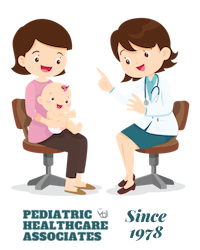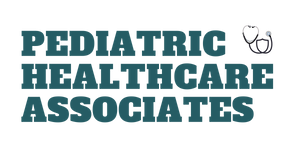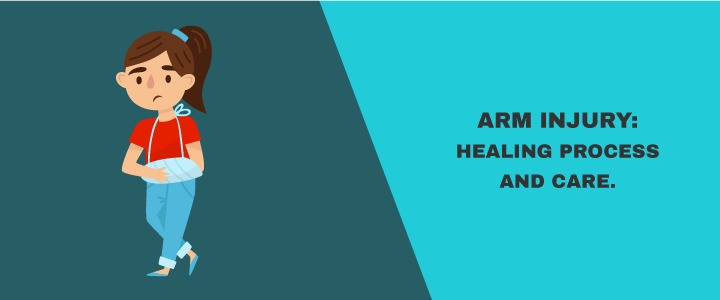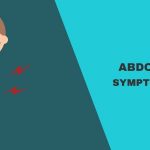Arm Injury: Helping your child in the healing process.
Children are naturally active and engage in various physical activities, which sometimes result in injuries. One of the most common injuries among children is an arm injury, which can range from minor bruises to severe fractures. Since children are still growing, even a seemingly small injury can have long-term effects if not properly addressed.
Symptoms of an Arm Injury
An arm injury can be categorized into different types based on the affected area:
- Injuries to the hand, wrist, forearm, elbow, or shoulder: These injuries can include sprains, fractures, dislocations, or cuts.
- Injuries affecting bones, muscles, joints, or ligaments: Falls, sudden impacts, or overuse can lead to damage in these areas, causing pain and restricted movement.
While many arm injuries heal with rest and basic first aid, some situations require urgent medical intervention. Parents should be aware of the severity levels of an arm injury to determine the appropriate course of action.
Determining the Severity of an Arm Injury
Call 911 – Critical Situations
Some injuries are severe and require immediate medical attention. In such cases, parents should contact emergency services without delay. These include:
- Serious injury with multiple broken bones: If the child has multiple fractures in the arm, it is a grave condition that needs urgent medical care.
- Uncontrollable bleeding: If the injury leads to excessive bleeding that does not stop even after applying pressure, emergency medical assistance is necessary.
- Bone protruding through the skin: A fracture where the bone breaks through the skin is a severe condition that requires immediate medical intervention to prevent infection and further complications.
- Life-threatening symptoms: If a child shows signs of extreme pain, numbness, difficulty breathing, or loss of consciousness after an arm injury, parents should seek emergency care immediately.
Seeking Professional Care
For non-emergency situations, parents in Altoona can rely on specialized child healthcare services in Altoona to assess and treat arm injuries. Pediatric healthcare providers can accurately diagnose fractures, sprains, and ligament damage through medical imaging and examinations. They also offer rehabilitation services such as physical therapy to ensure a full recovery and prevent long-term complications.
Prompt medical attention can help children recover faster and reduce the risk of lasting damage. Whether it's a minor sprain or a more serious injury, consulting trusted child healthcare services in Altoona ensures children receive the best care and return to their active lifestyles safely.
Go to ER now(High)
- Can't move the shoulder, elbow or wrist at all: The arm injury renders the child helpless to move his arm at all. In that case, the parent should seek an ER immediately.
- Looks like a broken bone (crooked or deformed): Any unusual swell or deformity in the arm injury can indicate a broken bone. This requires proper examination of the injury.
- Looks like a dislocated joint: Dislocated joint worsens the situation for the child. The excruciating injury can be dealt in an ER.
- Large deep cut that will need many stitches: Deep cuts are beyond the home remedies. Deep cuts can involve further complications. Seek an ER in such situations.
Call Doctor or Seek Care(Moderate)
- Can't move the shoulder, elbow or wrist normally: The effects of arm injury can spread till shoulders or wrists. Consult a doctor to know the solution of the problem.
- Collarbone is painful and can't raise arm over head: Arm injury locks the arm movement to a certain point only. Usual arm movements may restrict due to pain or swelling in the arm. In such situations, consult a doctor.
- Can't open and close the hand normally: Going forward with the above point, the movement restrictions of your arm can spread till the hand as well. The child finds it hard to close or open the hand properly. Seek help from a doctor in such cases.
- Skin is split open or gaping and may need stitches: A skin split causes panic in the child. If you think your child needs medical attention beyond the home remedy, seek a doctor.
What you should know as a parent?
Arm injury is a common injury in children. It can happen during physical activities. Proper care and medical help can help in the healing process. Following are few practices parents can adopt for their child’s care:
- Pain Medicine:
- To help with the pain, give an acetaminophen product (such as Tylenol).
- Another choice is an ibuprofen product (such as Advil). Ibuprofen works well for this type of pain.
- Use as needed.
- Small Cut or Scrape Treatment:
- Use direct pressure to stop any bleeding. Do this for 10 minutes or until bleeding stops.
- Wash the wound with soap and water for 5 minutes. Try to rinse the cut under running water.
- Gently scrub out any dirt with a washcloth.
- Use an antibiotic ointment (such as Polysporin). No prescription is needed. Then, cover it with a bandage. Change daily.
- Cold Pack for Pain:
- For pain or swelling, use a cold pack. You can also use ice wrapped in a wet cloth.
- Put it on the sore muscles for 20 minutes.
- Repeat 4 times on the first day, then as needed.
- Reason: Helps the pain and helps stop any bleeding.
- Caution: Avoid frostbite.
- Use Heat After 48 Hours:
- If pain lasts over 2 days, put heat on the sore muscle.
- Use a heat pack, heating pad or warm wet washcloth.
- Do this for 10 minutes, then as needed.
- Reason: Increase blood flow and improve healing.
- Caution: Avoid burns.
- Rest the Arm:
- Rest the injured arm as much as possible for 48 hours.
Disclaimer: This health information is for educational purposes only. You, the reader, assume full responsibility for how you choose to use it.
Citation/References:
https://phcaaltoona.com/phca-symptom-checker/#!/topic/104/arm-injury
